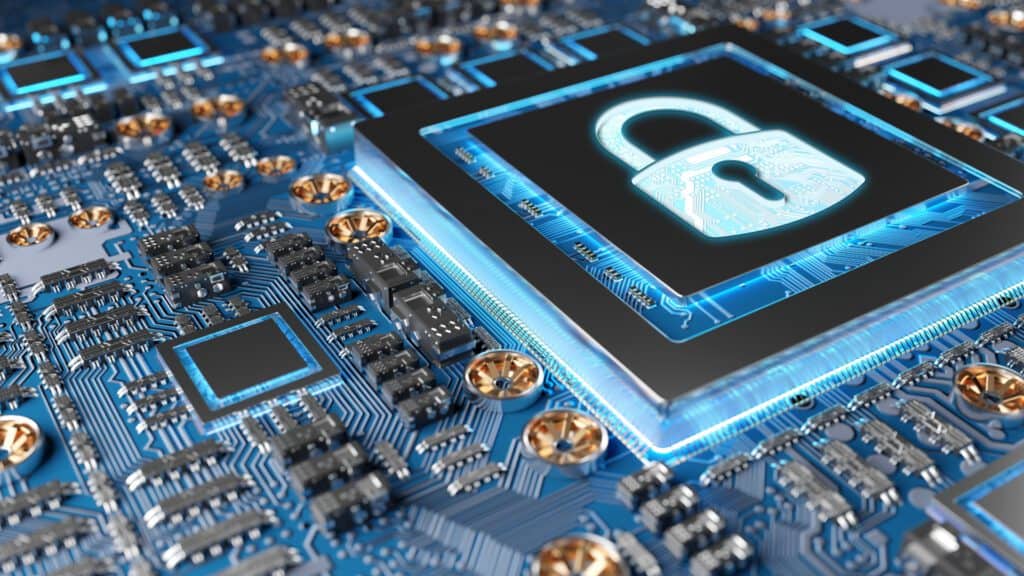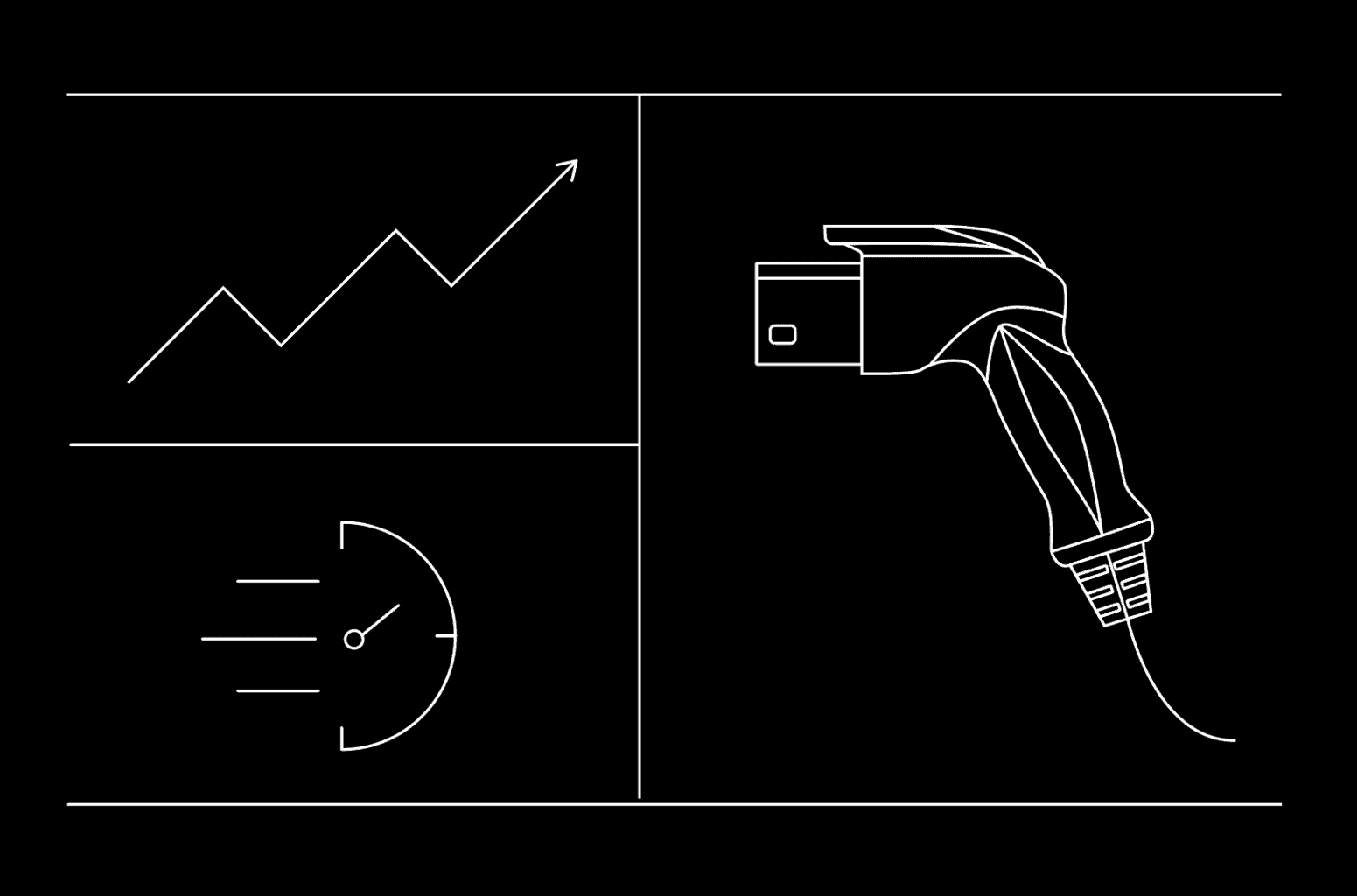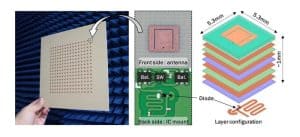WiFi 6 represents a shift in focus from speed to efficiency, particularly for IoT applications. The introduction of Orthogonal Frequency Division Multiple Access (OFDMA) allows for better utilization of bandwidth by dividing channels into subcarriers, enabling multiple devices to connect simultaneously with lower latency. This supports scenarios with a large number of less complex devices, such as smart homes or production lines.

We all are aware of the benefits of WiFi, which is quick mobile connections between computers, phones, or other devices and the internet. And what we want from a WiFi upgrade is more of the equal: faster speed. Speed increases of an order of magnitude have been the result of the transition from WiFi 3 to 4 to 5.
WiFi 6, nevertheless, is focused on something unique. Although there is a potential speed increase, the main goal of the new capabilities is to provide” WiFi for IOT” through support for more connections and low power operations. This article will explain the main changes and benefits of WiFi 6.
Orthogonal Frequency Division Multiple Access ( ODFMA )
The first change is the introduction of Orthogonal Frequency Division Multiple Access ( ODFMA ). This is a technology “borrowed” from cellular technology and allows the available bandwidth to be split up into multiple “resource units”. Earlier versions of WiFi required a channel solely to communicate with a single device at a time, with the only flexibility being the width of the channel (20, 40, 60, 80 and 160Mhz). A wider channel theoretically allows a higher bandwidth but increases the risk of interference and limits the number of concurrent devices. In practice, most routers will use 20 or 40 Mhz channels.
A channel can be divided into subcarriers under ODFMA, so that many devices can connect to a single router ( in frequency and versus allocated Resource Units in the time domain ). The division into subcarriers can be flexible, allowing for dynamic allocation of bandwidth between different users. This uses the available bandwidth effectively. It also offers lower latency, as a device doesn’t have to wait until the entire channel is available.
Many device connections
In practice, this means that a second 20Mhz channel can be used to connect to up to nine devices at once or to freely divide bandwidth between smaller numbers. A further revision to the standard makes it possible for an end device to only support 20Mhz channels ( previously, they were required to support up to 80Mhz channels ), resulting in simpler end device chipsets with potential for lower power consumption.
What does everything add up to? Together, these modifications make it possible for a larger number of less complicated devices to share the network quickly and reliably with lower overhead. This is a common scenario for Internet of Things applications because WiFi has typically performed poorly in this area.
Previous examples of successful operations, such as a bright home with numerous attached devices or a production line with numerous attached machines, might have been difficult to achieve as a result of network competition. The fresh WiFi 6 standard makes it possible to use contested spectrum much more freely.

Lower power capability
Target Wait Time ( TWT ) is another feature that increases WiFi’s suitability for Internet of Things applications. Older WiFi standards required a steady connection between the router and the device, with no devices having to re-authenticate and rejoin the network. The timeout delay was a second device number. With the help of Target Wake Time, each device can agree a wait time with the router, which puts them to sleep for longer periods of time between effective radio transmissions. This in turn makes significantly less power use possible, especially when using devices that demand lower data rates and connections are needed frequently. By preventing devices from transmitting unless they need to, it can even more separate spectrum.
WiFi 6 and BLE – competing today?
These qualities of WiFi 6 resemble those of Bluetooth Low Energy (BLE): lower power consumption devices and support for dense networks. With the addition of small power features and better support for many devices, there is some convergence. However, there is also a huge gap in terms of data rate and power consumption. One could anticipate a data rate of an order of magnitude higher than the BLE limit of 2Mbps for a 20Mhz channel being shared between multiple devices also at the lowest data rate. In addition, WiFi 6 can utilise the less congested 5Ghz band, and in certain territories, the 6Ghz band ( WiFi6E ).
Likewise, on the power consumption side, a Bluetooth device will also offer significantly better low power performance. BLE’s equivalent simplicity allows it to run on many smaller processors, which in turn use less power, and the radio signal with a lower bandwidth can be transmitted more effectively. Or in other words, you don’t get something for nothing, and so there are still trade offs to be made.
The trend of various radios
To put this in perspective, a coin-powered Wireless device could operate on a coin cell battery, but a WiFi 6-based device would require an AA type battery, to put it in perspective. BLE also doesn’t rely on having an access point. You can quickly and firmly establish nearby connections between devices.
Multiple radio access for various purposes is likely to be offered by the upcoming generation of Blockchain devices. For instance, BLE’s simple ad- impromptu connections could be used for commissioning and maintenance, with the WiFi established for ongoing common usage. The Matter protocol envisions a scenario of this nature. Some products combine BLE and WiFi functionality. For example, Insight SiP’s ISP5261 RF module includes WiFi6 and the latest generation of BLE in a second module with included antennas.
More improvements are included in the WiFi 6 upgrade. An end device won’t be blocked by a low power signal creeping over from a neighboring Access Point due to network” coloring” which allows different access points to distinguish themselves. This gives deep networks additional support. The network” colour” is an arbitrary designation. You can’t make blue or red radio waves!
More modulation options also give users the option of faster speeds, but only in very high-quality signaling situations involving a small number of devices.
Conclusion
The WiFi 6th generation, which is the next generation, has a different approach to earlier upgrades. The main improvements are a fairly minor speed increase, but they only make sense when deep networks and low power devices are present. Hence, it would be appropriate to refer to this as” WiFi for IOT.” The majority of the preceding WiFi generations were targeted at devices that had a user using them at the end. A dense network of small power devices, with moderate data communication needs, is, by contrast, precisely the situation in many Wifi applications and use- cases.












